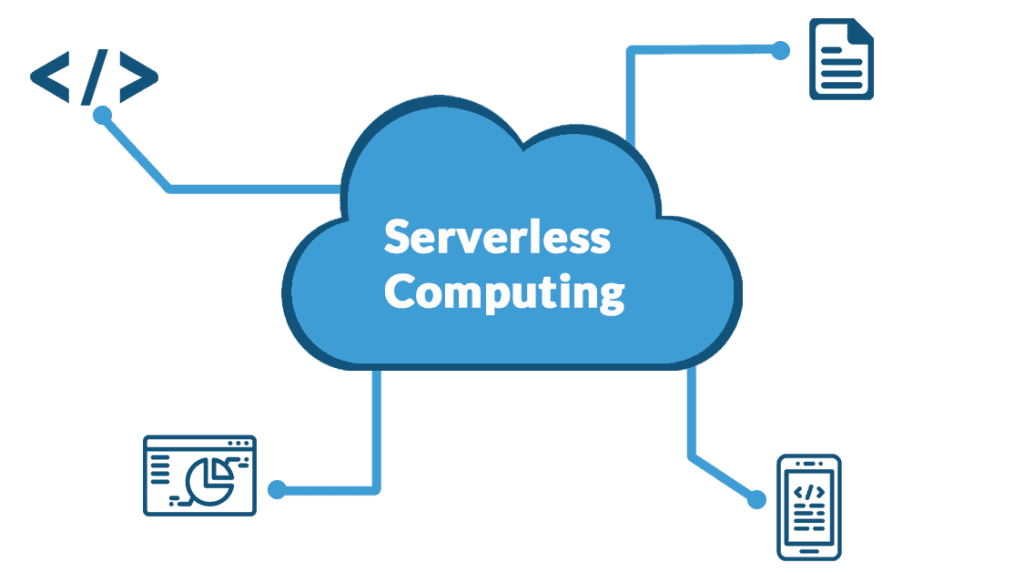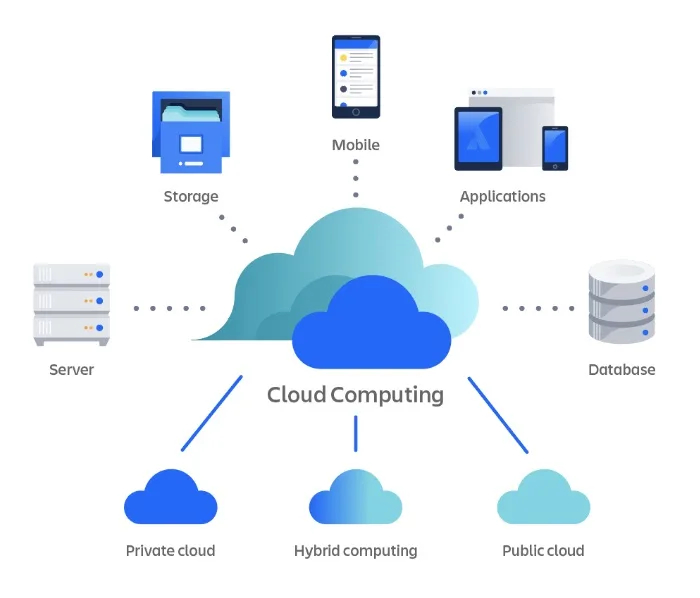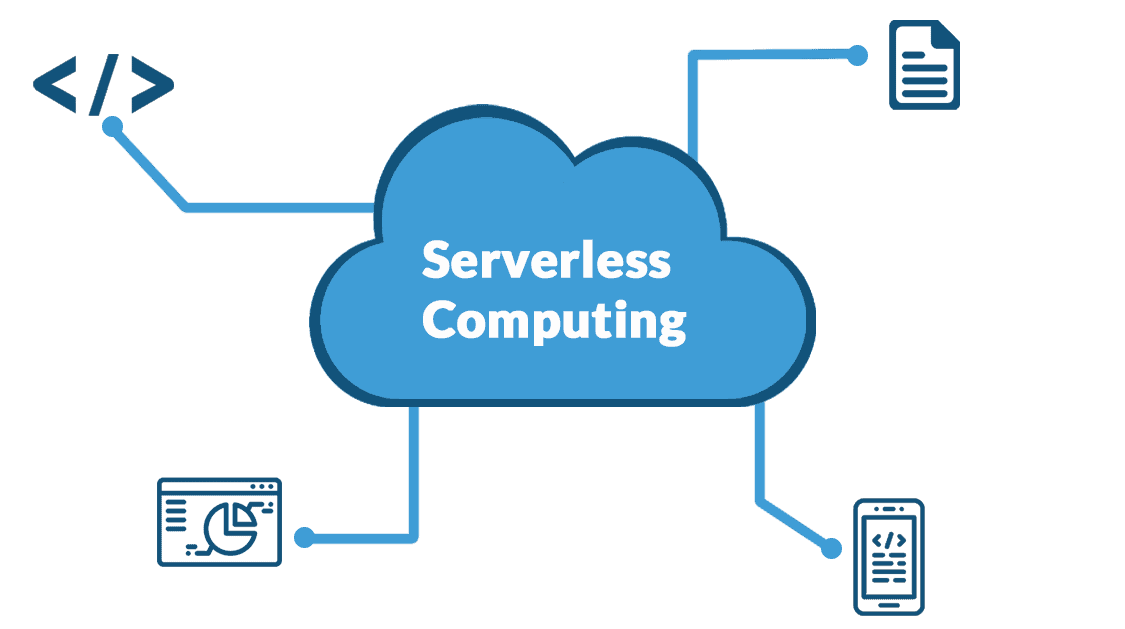Serverless architecture is a software design approach that allows developers to build and run applications without having to manage the underlying infrastructure. By using serverless architecture, developers can focus on writing application code, while a cloud provider handles the routine work of provisioning, maintaining, and scaling the server infrastructure. This enables developers to create scalable, cost-efficient, and agile applications that respond to demand and events in real time.

What is Serverless Architecture?
Servers are essential for running applications, but they also require a lot of time and resources to manage. Developers have to maintain the server hardware, take care of software and security updates, create backups, and monitor performance. Moreover, developers have to estimate the amount of server capacity they need to run their applications, which can lead to overprovisioning or underprovisioning of resources.

Serverless architecture eliminates the need for server management by abstracting away the servers from the developers. In serverless architecture, developers write their application code as a set of discrete functions, each performing a specific task. These functions are deployed to a cloud provider account, where they are executed on demand by an event-driven execution model. An event can be anything that triggers a function, such as an HTTP request, a database update, a message from a queue, or a scheduled timer.
When a function is invoked, the cloud provider either executes the function on a running server, or spins up a new server to execute the function. The cloud provider also scales the function instances up and down automatically, depending on the load. The developer only pays for the resources consumed by the function during its execution, and not for the idle time. This way, serverless architecture enables developers to create applications that are scalable, cost-efficient, and agile.
What are the Benefits of Serverless Architecture?
Serverless architecture offers several benefits for developers and businesses, such as:
Faster development and deployment: Developers can focus on writing application logic, rather than managing servers and infrastructure. They can also use pre-built services and frameworks to speed up the development process. Serverless functions can be deployed quickly and easily, without requiring complex configuration or orchestration.
Lower operational costs: Developers only pay for the resources they use, and not for the idle time. Serverless functions can also leverage the economies of scale of the cloud provider, resulting in lower costs per invocation. Additionally, serverless architecture reduces the need for human intervention and maintenance, which lowers the operational overhead.
Higher scalability and availability: Serverless functions can scale up and down automatically, depending on the demand and events. This eliminates the risk of overloading or underutilizing the server resources. Serverless functions can also run on multiple servers across different regions, ensuring high availability and fault tolerance.
Improved performance and user experience: Serverless functions can respond to events in real time, providing faster and more responsive applications. Serverless functions can also leverage the edge computing capabilities of the cloud provider, delivering content and services closer to the end users, reducing latency and bandwidth consumption.
What are the Challenges of Serverless Architecture?
Serverless architecture is not a silver bullet, and it also comes with some challenges and limitations, such as:
Cold start latency: When a function is invoked for the first time or after a period of inactivity, it may take longer to execute, as the cloud provider has to spin up a new server and load the function code. This can result in a delay or a timeout, affecting the performance and user experience of the application.
Complex debugging and testing: Serverless functions are distributed and ephemeral, making it harder to debug and test them. Developers have to rely on logging and monitoring tools provided by the cloud provider or third-party vendors, which may not offer enough visibility or granularity. Developers also have to simulate the events and the environment that trigger the functions, which can be challenging and time-consuming.
Vendor lock-in: Serverless functions are tightly coupled with the cloud provider’s platform and services, making it difficult to migrate or switch to another provider. Developers have to adhere to the cloud provider’s specifications, limitations, and pricing models, which may not suit their needs or preferences. Developers also have to deal with the potential changes or disruptions in the cloud provider’s offerings, which may affect the functionality and compatibility of their applications.
What are the Use Cases for Serverless Architecture?
Serverless architecture is suitable for applications that have:
Event-driven and stateless logic: Serverless functions are ideal for applications that perform simple and independent tasks in response to events, such as data processing, image manipulation, notification sending, or API integration. Serverless functions are stateless, meaning they do not store or rely on any information from previous invocations. Therefore, serverless architecture is not suitable for applications that require complex and stateful logic, such as e-commerce, gaming, or social media.
Variable and unpredictable demand: Serverless functions can handle applications that have spikes or fluctuations in demand, such as seasonal or viral applications. Serverless functions can scale up and down automatically, without requiring manual intervention or provisioning. Therefore, serverless architecture is not suitable for applications that have steady and predictable demand, as they may incur higher costs or lower performance than traditional server-based architecture.
Short and infrequent execution: Serverless functions are designed to execute quickly and occasionally, typically within seconds or minutes. Serverless functions are charged by the execution time and the memory usage, so longer and more frequent executions can increase the costs. Therefore, serverless architecture is not suitable for applications that require long and continuous execution, such as streaming, machine learning, or web hosting.
How to Get Started with Serverless Architecture?
If you are interested in exploring serverless architecture, you can start by choosing a cloud provider that offers serverless computing solutions, such as Google Cloud, Amazon Web Services, or Microsoft Azure. Each cloud provider has its own serverless platform and services, such as Google Cloud Functions, AWS Lambda, or Azure Functions. You can also use open source frameworks and tools, such as Knative, Serverless Framework, or OpenFaaS, to simplify and standardize the development and deployment of serverless functions.
You can also learn more about serverless architecture by reading blogs, books, and tutorials, such as:
Serverless Architecture: What It Is & How It Works
What is Serverless Architecture
Serverless architecture is a revolutionary way of building and running applications in the digital world. By using serverless architecture, developers can unleash their creativity and productivity, while businesses can benefit from lower costs and higher scalability. Serverless architecture is not without challenges and limitations, but it offers a promising future for the cloud-native development model. For more information, so please visit this link.

